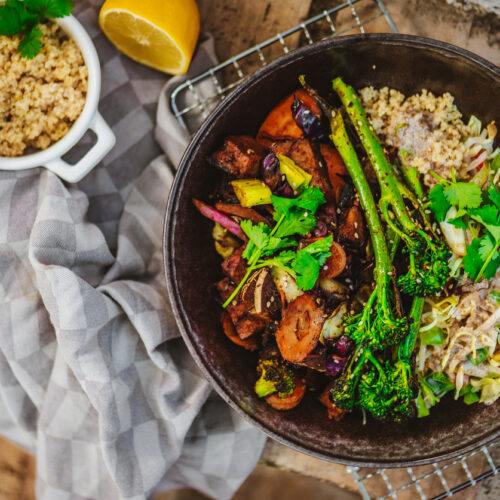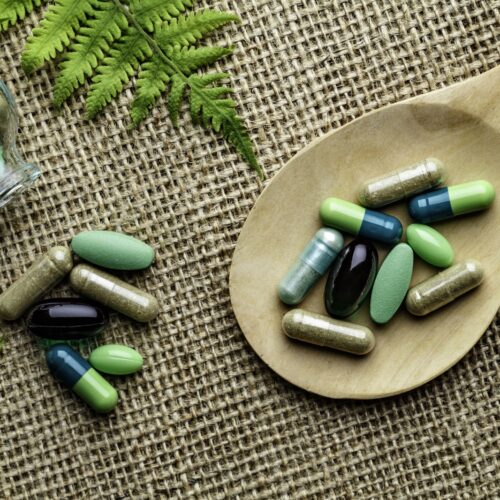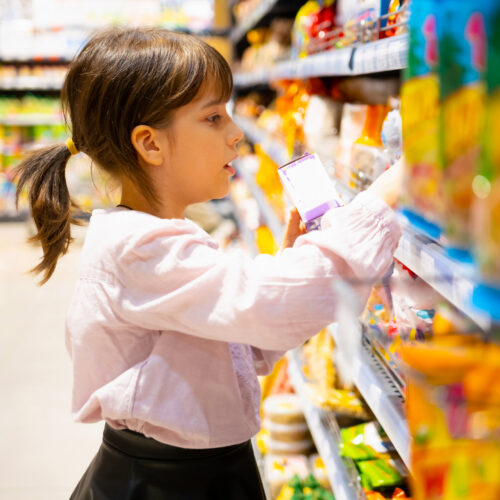
After water, tea is the most widely consumed drink in the world. And maintaining our interest in teas, the variety of products available to us keeps on growing.
The ‘tea tree’
Camellia sinensis is the plant that gives us black tea. You may be surprised to learn that green tea, white tea and oolong tea are also all made from the same plant. The main difference between these teas is the degree of processing.
Black tea leaves are oxidised by exposure to air, developing a dark-brown colour and a full flavour.
Oolong tea leaves are oxidised but for about half the time of black tea leaves. For green tea, the leaves are not oxidised but quickly steamed to retain their green colour before drying. White tea is the least processed (and most expensive) and is made using the buds picked before opening, with possibly one or two leaves per bud. These are then dried without oxidation or rolling.
All these teas naturally contain caffeine. (Decaffeinated tea is also available).
Tea blending
The tea we drink is blended from a number of teas, rather than being tea from just one plant. For example, if we drink a particular black tea, it can be a blend of black teas from different regions within a country, or from different countries. Even tea from a single origin will be a blend from one region. When we buy our favourite tea we expect a consistent taste every time and it is the tea blender’s job to ensure this happens.
Tea and health
Teas contain varying types and amounts of flavonoids, which are health-promoting antioxidants. Factors which seem to enhance antioxidant availability in tea include: a longer infusion time; more concentrated tea; and less milk.
Tea also contains fluoride, which is good for teeth and bones. There’s no doubt drinking black, green, oolong or white tea is healthy, as long as we remember a couple of provisos. Firstly, tea can inhibit absorption of iron from plant sources (non-haem iron), so avoid drinking tea with meals and for up to an hour afterwards.
Secondly, it’s important to remember tea contains caffeine. Around five to six cups of tea each day provides around 300mg caffeine, a moderate amount that most people can tolerate. However, the effects of caffeine are cumulative and can last for five to eight hours. So if you have trouble sleeping, it’s best to stop drinking tea (and anything else containing caffeine) earlier in the afternoon.
Herbal infusions
Herbal infusions are made from the leaves, flowers or roots of a range of plants other than Camellia sinensis, sometimes with added spices or fruit flavours and possibly sweeteners such as stevia. Generally full of flavour and caffeine-free, herbal infusions are a great way to make our daily water intake more interesting. Most herbal infusions are drunk with just water added although some may need sweetening. Rooibis or Red bush tea is often prepared with milk and sugar in its native South Africa.
Herbal infusions and health
Some herbal infusions may have health benefits, depending on the plants used.
Red Seal’s Relaxing Tea includes peppermint, passion flower, strawberry leaf, chamomile, valerian catnip and skullcap, which they tell us can both 'soothe and uplift'.
While most herbal infusions are safe, some can have physiological effects we need to be wary of. With some teas, it’s advised pregnant women should limit their intake or even avoid them. Always check the pack so you know whether you have any contraindications. Examples of effects of herbal infusions include:
- Alpine tea has a laxative effect, so it’s potentially very helpful to some people, but don’t overdo it!
- Licorice infusions are also best used sparingly (and for some not at all) as the active ingredient in licorice is known to raise blood pressure.
- St John’s Wort infusions can interact with a wide range of common medications, including warfarin, birth control drugs and antihistamines. If in doubt, talk to your GP.
- Peppermint or ginger infusions may help digestion and chamomile infusions may be calming.
Our picks
Twinings — A Moment of Calm
A soothing infusion with a hint of camomile, honey and vanilla.
Red Seal Black Adder — Liquorice Tea
A licorice-flavoured tea with a lovely sweetness. Great after a meal.
Bell Zesty Green Tea Pure
A light and refreshing green tea with a mild flavour.
Healtheries Lemon & Ginger
A sweet and soothing tea with a bit of zing from the ginger.
How to get a perfect cuppa, every time
Stephen Twining is brand ambassador for Twinings Tea and a tenth-generation Twining, and as you might expect, he is passionate about tea. Here are his tips for brewing a perfect cup of tea.
- Start with fresh cold water in the kettle. Don’t re-boil the jug, as you will deplete the dissolved oxygen in the water and the tea won’t taste as good as it should. If you’re only making one cup, just boil a small amount of water.
- Supervise your kettle and turn it off just as it reaches a boil — don’t wait for it to turn itself off. This will keep the maximum oxygen in the water.
- If you’re using a pot, warming it by swirling with a little hot water will help bring out the flavour of the tea.
- For black tea, pour water straight on to your tea or tea bag. For green tea, wait four to five minutes after the water has boiled before adding it to the cup or pot.
- Whichever tea you choose, let it brew for three minutes. After 30 seconds the tea or tea bag will release its colour, but it takes a full three minutes for the body, flavour and antioxidants to come out.
- If you like less intense or ‘weaker’ tea, go for a more delicate tea and dilute it with water after the three-minute brewing.
- Add milk to your tea if you like it, but avoid adding sugar as it will destroy the flavour. “It’s a crime to put sugar in a great tea,” says Stephen.
- Store your tea or teabags in an airtight container to avoid it picking up flavours from the air.
- The staining on the inside of a teapot will give tea a bitter flavour over time. To clean, add a couple of tablespoons of baking soda and some boiling water and leave to stand before rinsing. This will get rid of stains without leaving any residual flavour.
www.healthyfood.com










